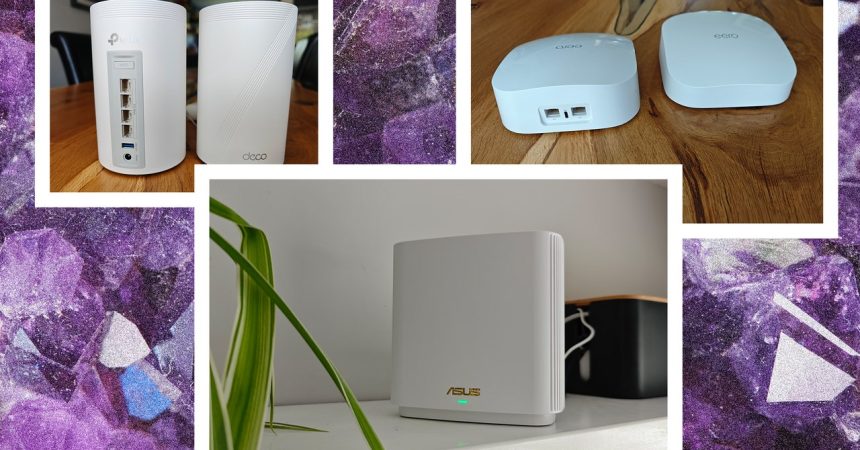Eero, an Amazon subsidiary, offers a range of mesh Wi-Fi systems designed for seamless and reliable whole-home coverage. These routers integrate seamlessly with Alexa, allowing users to control their internet connection with voice commands through Echo devices. This feature proves particularly useful for managing screen time, as parents can instantly pause the internet with a simple voice command, eliminating the dinnertime struggle. Beyond basic connectivity, Eero routers incorporate smart home capabilities, acting as ZigBee hubs similar to Echo devices. This functionality allows direct connection of various smart home devices, including lighting, locks, and other ZigBee-compatible gadgets, streamlining smart home management.
Eero systems offer additional features that enhance their appeal. Certain Echo devices, such as the 4th Gen Echo and 4th/5th Gen Echo Dots, can function as Wi-Fi extenders, bolstering coverage by an additional 1,000 square feet and supporting up to 10 devices at speeds of up to 100 Mbps. The Internet Backup feature provides redundancy by allowing users to designate multiple backup networks, ensuring internet connectivity even if the primary wired connection fails. This failover capability offers peace of mind for users who rely heavily on internet access.
Eero’s user-friendly approach prioritizes simplicity, making it a compelling choice for those who prefer a hassle-free setup and management experience. The intuitive interface eliminates the need to delve into complex settings. However, this simplicity comes at a cost. Eero systems lack advanced features like Quality of Service (QoS) for prioritizing specific online activities and do not offer the option to separate bands. Furthermore, the basic Eero 6 system exhibited comparatively slower transfer speeds in testing, though this was not observed in higher-end models.
Currently, four Eero systems cater to varying needs and budgets. The Eero 6, a dual-band system, suits internet connections up to 500 Mbps. For faster connections up to 1 Gbps in homes smaller than 4,500 square feet, the Eero 6+ provides a suitable upgrade. The Eero Pro 6E, a tri-band system supporting 2.4-GHz, 5-GHz, and 6-GHz bands, emerges as the optimal choice for larger homes or households with high bandwidth demands from multiple devices and users. Finally, the Eero Max 7, a top-tier Wi-Fi 7 system, offers advanced features like four Ethernet ports (two 10 Gbps and two 2.5 Gbps) but may be excessive for most users at present.
While Eero offers a robust ecosystem, alternative mesh Wi-Fi systems provide comparable performance and features. The Asus ZenWiFi XD5 stands out as a budget-friendly option, offering solid performance without requiring account creation for setup. Its three units, each equipped with two gigabit Ethernet ports and wall-mounting capability, deliver reliable coverage and impressive speeds for its price point. Features like basic security, parental controls, and AiMesh support (for compatibility with other Asus routers) enhance its value.
The ZenWiFi XD5 demonstrated smooth performance and surprisingly fast transfer speeds during testing, downloading a 30-GB game in under eight minutes. While it is a dual-band system, it supports 160-MHz channels on the 5-GHz band, maximizing throughput. Asus claims a 3-pack covers up to 5,000 square feet, though speeds diminish with distance from the router. For optimal performance with any mesh system, including the XD5, connecting the main router and nodes via Ethernet for wired backhaul is recommended. This setup minimizes wireless congestion and ensures consistent speeds throughout the network.



